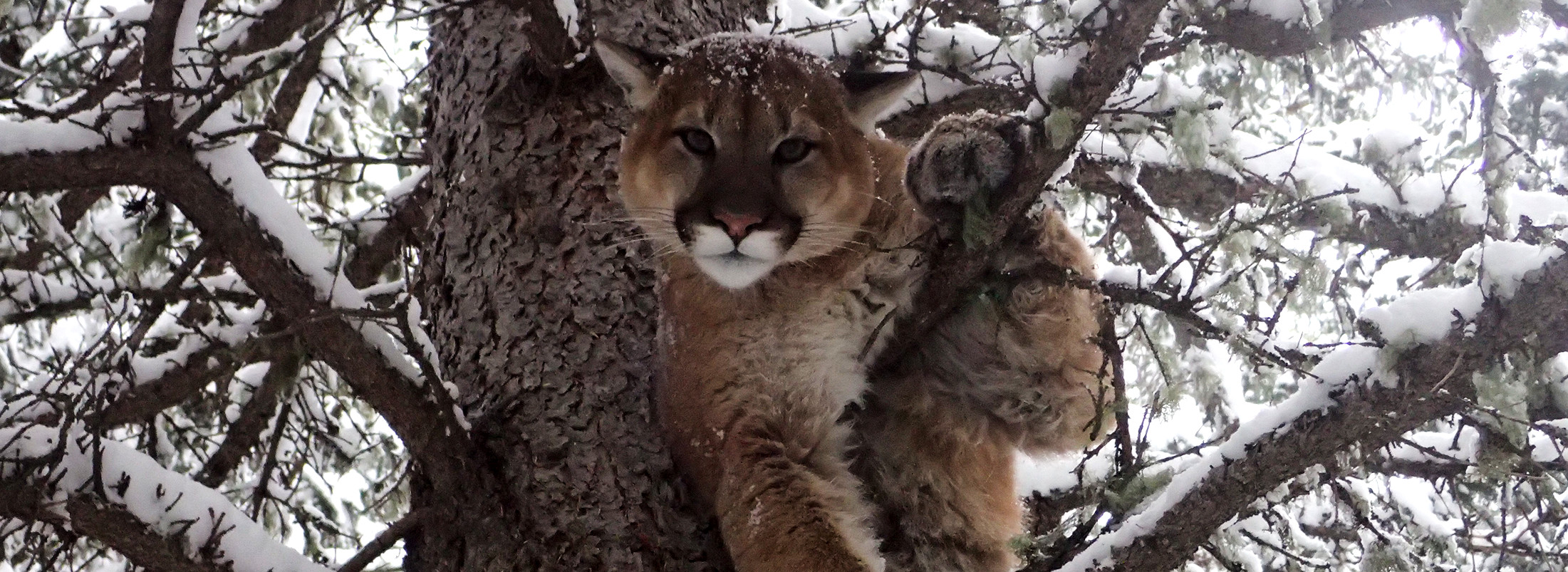Resources

In order to properly identify and decide whether or not to harvest a cougar, hunters must be able to determine the sex of the animal in question. The following is the ESRD’s description of a cougar’s appearance, diet, habitat and status.
Cougar
Size
- The cougar (also known as the mountain lion) is the largest of North America’s wild cats. From nose to tip of tail, a large cougar may be as long as three metres (10 feet).
- Average weight of adult males ranges from 60 to 70 kilograms (130 to 160 pounds).
- Average weight of adult females ranges from 40 to 50 kilograms (90 to 110 pounds).
Appearance
- Adults grade in colour from yellow through reddish brown to grey, with a light belly, chin and throat.
- Other distinguishing traits include short black ears and a long rounded tail tipped with black.
- Kittens are yellowish, spotted with brown.
Distribution
- The cougar occurs in the mountain and foothill regions. Occasional sightings have been reported along river valleys east of these zones.
Habitat
- Favoured habitat includes remote, wooded, rocky areas.
Food
- Deer are the cougar’s main food, but it also takes other large game animals, as well as small rodents, hares and birds.
Breeding Behaviour
- Cougars do not have a specific breeding season. Although most kittens are born in late winter or midsummer, young can be produced at any time.
- Two to four kittens are born in a well-hidden den, commonly a cave.
- The female alone raises her young, the kittens remaining with her for about a year.
Status
- The cougar is classified as Secure in the current General Status of Alberta Wild Species report.
For more information on cougars, visit the Alberta Environment and Parks website: www.aep.alberta.ca
